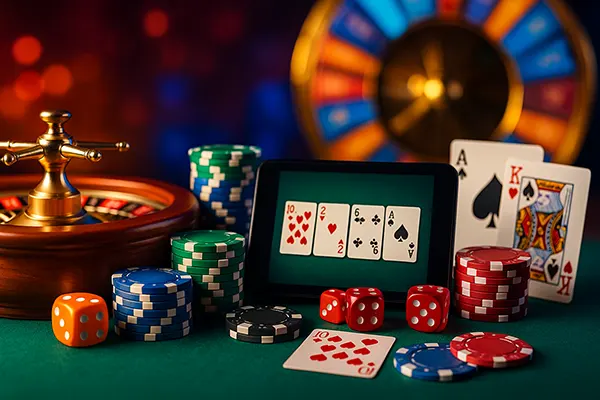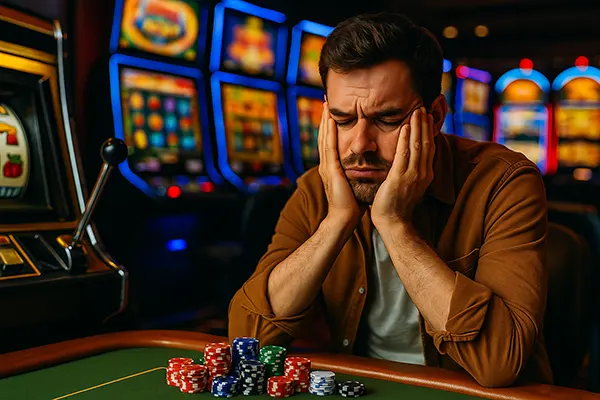
Microtilt: Why Small Losses Hurt More Than Big Fails
In gambling psychology, the concept of “microtilt” refers to a subtle but destructive emotional state triggered by a series of small losses. Unlike dramatic failures that force a pause or reflection, microtilt builds gradually, slipping past a player’s rational awareness and clouding their judgement. By understanding how this phenomenon works, players can become more conscious of their reactions and avoid costly behavioural spirals.
How Microtilt Works: The Accumulation of Frustration
Microtilt arises when multiple minor losses accumulate within a short timeframe, causing subtle emotional disruptions. These losses are not significant enough to cause shock or withdrawal but are sufficient to disturb a player’s emotional equilibrium. Often dismissed as bad luck, they go unprocessed emotionally, leading to mounting frustration under the surface.
The problem intensifies when players remain engaged without acknowledging the emotional impact. A player might continue spinning or betting, convinced they are still thinking clearly. In truth, their cognitive bias is growing stronger, and decisions become reactive rather than calculated.
This gradual shift often leads to compulsive behaviour. Instead of stepping back, the player might increase the stakes or chase losses, driven by a subconscious need to “correct” the imbalance. This behaviour is not rooted in logic but in a misguided attempt to restore emotional equilibrium.
The Illusion of Control During Microtilt
One of the most dangerous aspects of microtilt is that it mimics control. A player may believe they are acting rationally because the losses seem small or manageable. In contrast to a big loss—which might provoke a break or a rethink—microtilt keeps the player active, masking emotional instability under the appearance of composure.
During this state, players often misjudge the risk-reward ratio. A slot or a roulette spin that previously warranted a minor bet might suddenly attract a larger wager. The reasoning is often flawed—based on emotion rather than odds or game logic.
Microtilt also feeds into common gambling fallacies, such as the gambler’s fallacy or hot-hand illusion. Believing a win is “due” after several losses, players double down, blind to the statistical reality of each independent game round. The result: deeper losses from decisions made in a skewed emotional state.
Microtilt and Long-Term Player Behaviour
When left unchecked, microtilt reshapes a player’s overall gambling pattern. It introduces new habits rooted in impulsivity and damages trust in strategic or responsible play. Over time, these behavioural changes become harder to recognise, as players normalise their tilt-influenced reactions.
This has real implications for player sustainability. A player who regularly succumbs to microtilt may erode their bankroll more quickly, increasing the likelihood of abandoning previously established limits or gambling plans. This erodes not only finances but also confidence and satisfaction with the activity.
From a psychological standpoint, microtilt also increases stress levels and decreases the enjoyment factor. What begins as a small emotional drift becomes a pervasive state that robs the experience of its entertainment value, replacing it with anxiety and compulsive repetition.
The Role of Self-Awareness and Reflection
To counteract microtilt, players must develop strong habits of self-awareness. This includes recognising emotional cues such as impatience, annoyance, or the desire to “win back” even small amounts. Tracking these signals is the first step toward breaking the reactive cycle.
Regular reflection after play sessions can also help. By writing down outcomes, emotions, and decisions, players create a feedback loop that promotes learning. Over time, they can identify patterns linked to tilt and adjust their behaviour accordingly.
It is equally important to build pauses into gameplay. Breaks create psychological distance, allowing players to reset emotionally and assess whether they are still playing within their intended mindset. These micro-interruptions often prove more effective than relying solely on willpower in the heat of the moment.
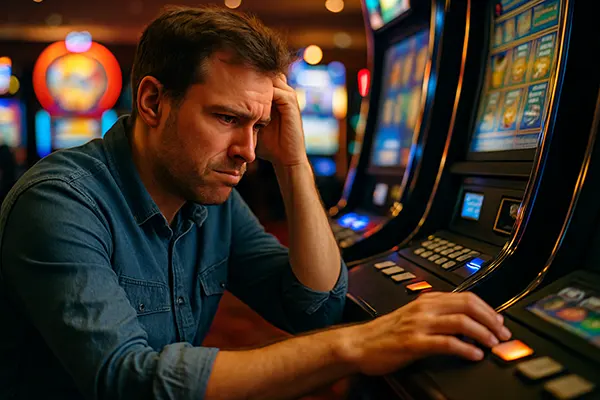
Practical Strategies to Prevent Microtilt
There are several proven strategies for minimising the risks of microtilt. The first is using time and budget limits not only as financial tools but as emotional safeguards. A player who leaves after a set number of spins or minutes is less likely to be dragged into reactionary play caused by minor losses.
Another valuable approach is implementing session goals that are not money-based. For instance, deciding to stop after playing all bonus rounds or switching games after a certain number of bets adds structure to the session and reduces impulsivity.
Players can also benefit from using emotion-tracking tools, such as journaling apps or in-session prompts. These encourage regular check-ins with one’s mental state and help surface signs of microtilt before they escalate. Over time, this builds a habit of mindful play rather than reactive gambling.
When to Seek Help
It is essential to know when self-regulation is not enough. If microtilt escalates into more severe gambling distress, external support may be necessary. This can include talking to a professional, using gambling-blocking tools, or joining a support group.
Many online casinos now offer responsible gambling features like cooling-off periods, deposit limits, and self-exclusion tools. Using these proactively is a sign of strength, not weakness, and helps players take back control of their sessions before emotional tilt takes over.
Ultimately, recognising and addressing microtilt is a core part of becoming a more self-aware and responsible player. It protects not only one’s money but also mental well-being and long-term enjoyment of the games.
Latest News
-
How to Keep a Bankroll Journal Properly in...
A bankroll journal is not a “nice-to-have” habit — it is a control tool that shows what …
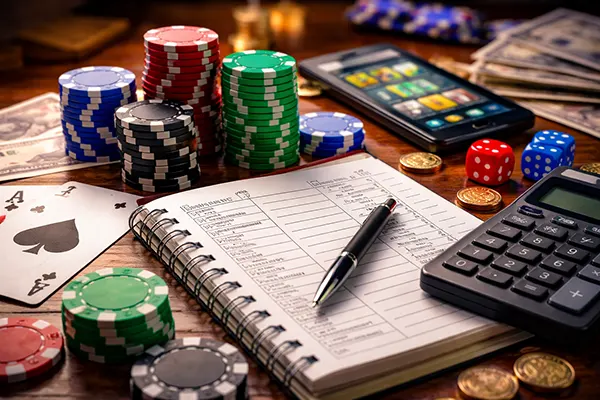
-
How Responsible Gambling Control Systems W...
Responsible gambling control systems are a core element of how modern casinos operate in 2025. These mechanisms …
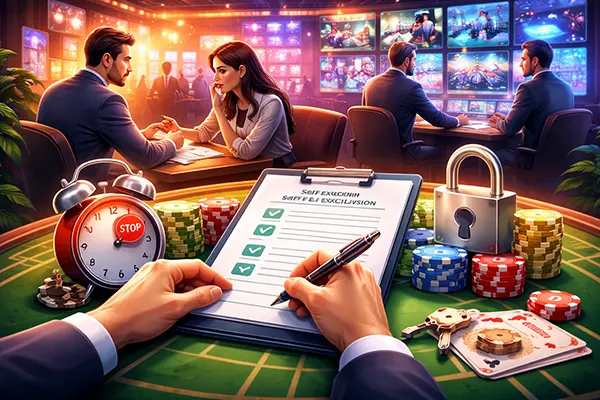
-
Analysis of New Providers and Unusual Game...
Across the online gambling market in 2025, interest is steadily shifting from classic slot mechanics toward more …
